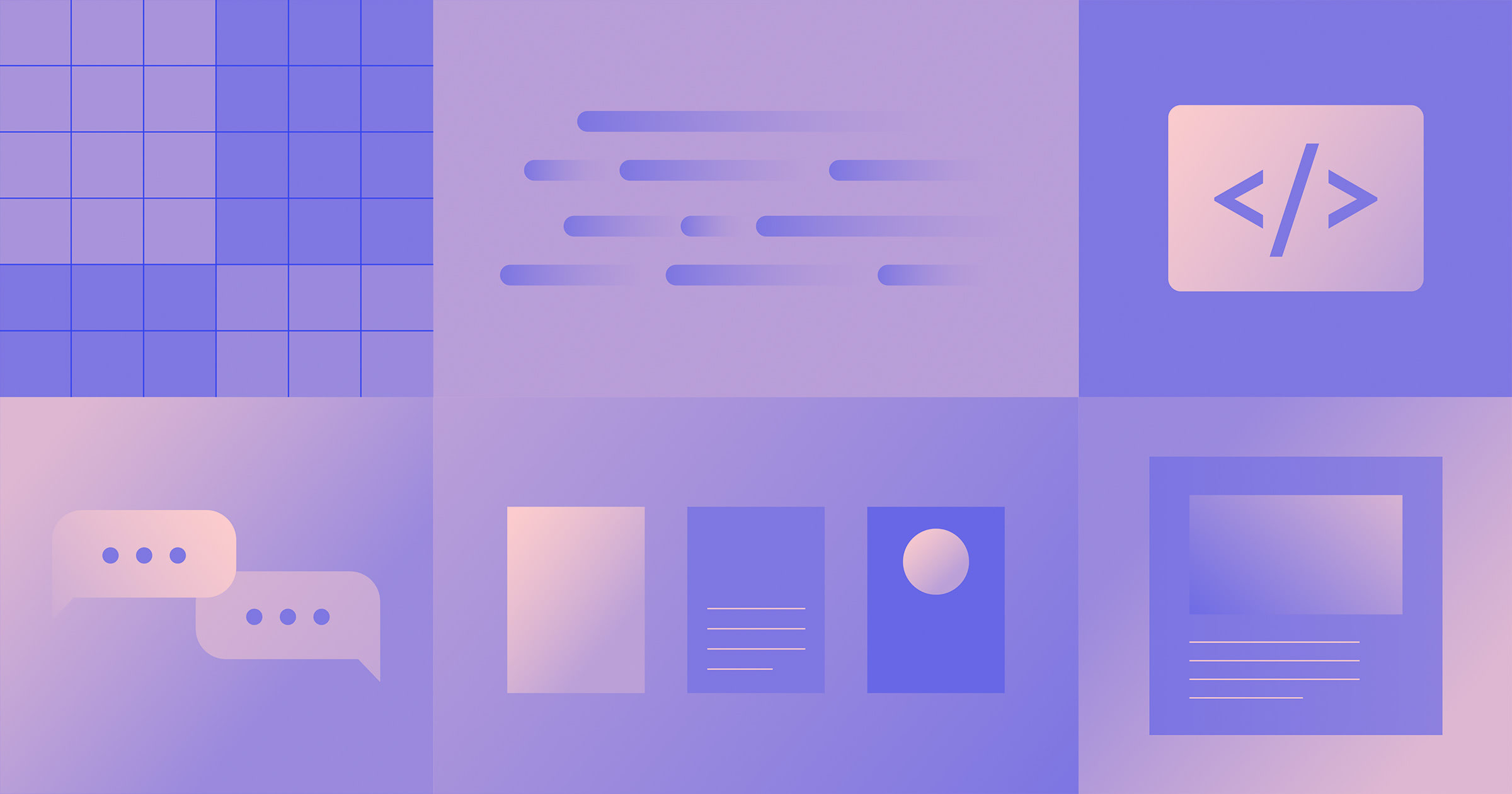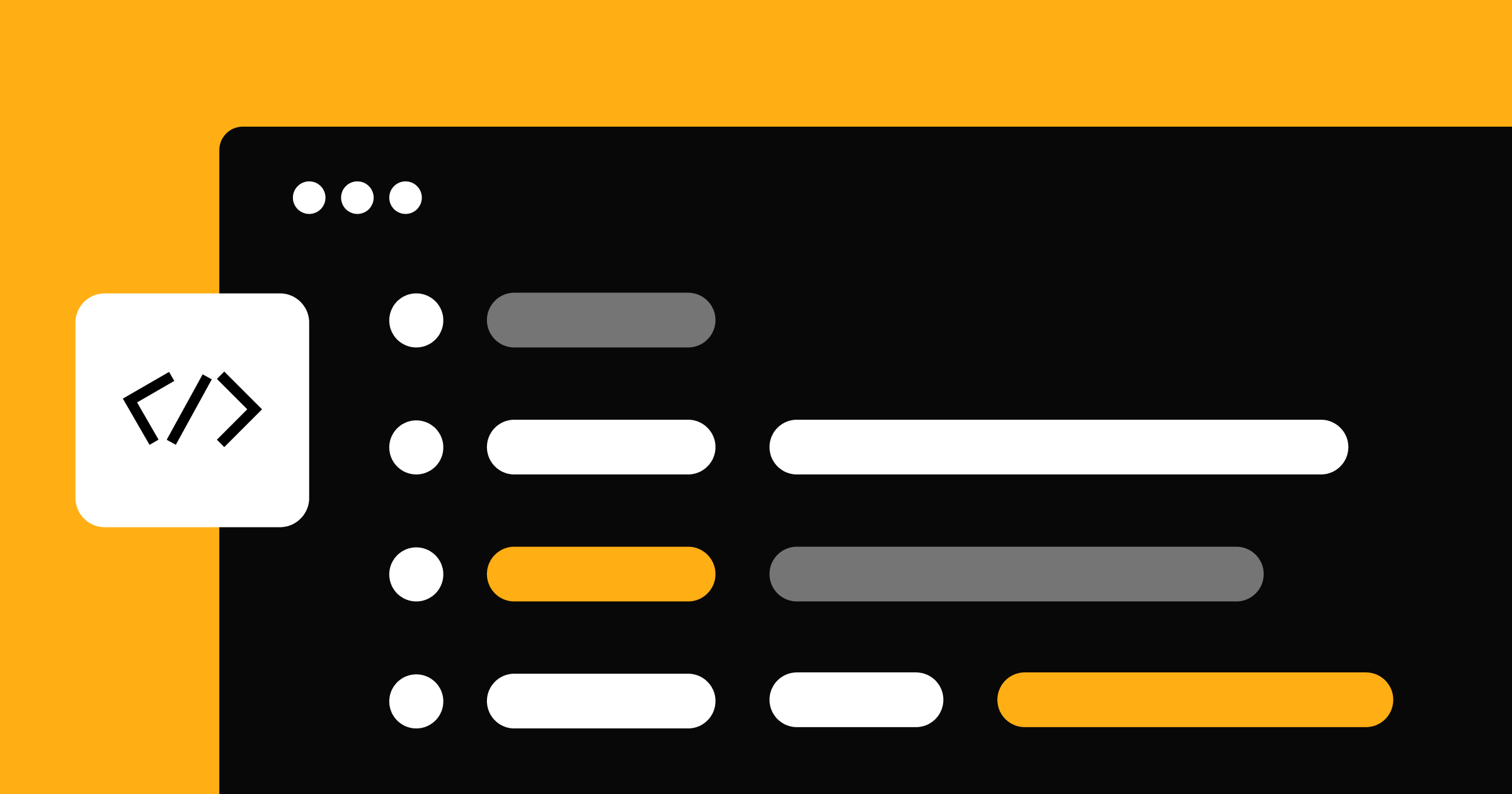Developers often assume to mistake the no-code movement to mean "no-coders" or "not for coders." I used to be one of them. As a developer, I used to either regard "no-code" as a threat, or dismiss no-code tools as something beneath me, something you only resort to if you, well, can't code. But there is an open secret behind the current generation of "no-code" tools — it's all code.
No-code tools generate code. No-code tools run on mountains of code. No-code tools can even interact with your code. They still require technical users — people who can debug, people who can think in abstractions, and, above all, people who know how to glue just the right tools together in the right way to produce business value.
If you're thinking that that set of skills sounds like what developers do, you'd be right. Just like "serverless" means "not your servers," no-code just means "not your code."
The API economy + "no-code" = The GUI economy
You may have heard of the API economy — the idea that as software increasingly eats the world, a whole generation of software companies are rising to specialize in individual hard problems in software so you don't have to. The average person on the street will never hear of Stripe or Twilio, but they may be customers of some startups which are in turn customers of Stripe or Twilio for payments or communication.
Where developers used to be responsible for the full stack of code and integrations needed to make these capabilities possible, API companies make adding commoditized functionality as easy as dropping in a few lines of code. This makes sense on multiple dimensions: it transforms a high fixed, upfront, and uncertain cost, into a variable, deferred, and predictable expense, and a specialized service is likely to be more robust and cheaper (due to scale) than a self-written one. This is hugely beneficial for both sides, which has resulted in an entire economy of APIs blossoming for every "hard problem" imaginable:

One (unforeseen?) outcome of the API economy is how hugely enabling it has been for individual developers as well. Suddenly, if you understand HTTP and REST, you now have access to the PhD-level search capabilities of Algolia, or the nationwide banking relationships forged by Plaid. This isn't a threat to developers, nor is it something "real" developers wouldn't use — it just redefined what the job is. Instead of doing the same undifferentiated heavy lifting every other developer does, the developer can now focus on writing just the core code the business needs to deliver on its unique value proposition, leaving other specialists to deliver on theirs. With this reduction in the surface area of responsibilities, you might expect some threat to the tune of "APIs are taking our jobs" or "Platforms are taking our jobs." However, developer salaries rose, not fell, through this API economy transformation.
This is the context I now approach the current no-code movement with.
Where developers used to be responsible for writing the code to link together business logic and various APIs together, they can now do it visually. When you look at Zapier's interface and see people literally manipulating Boolean logic to get their work done, it’s hard to deny that they’re coding their business logic in terms that the machine understands. It just doesn't look like a coder's idea of coding.
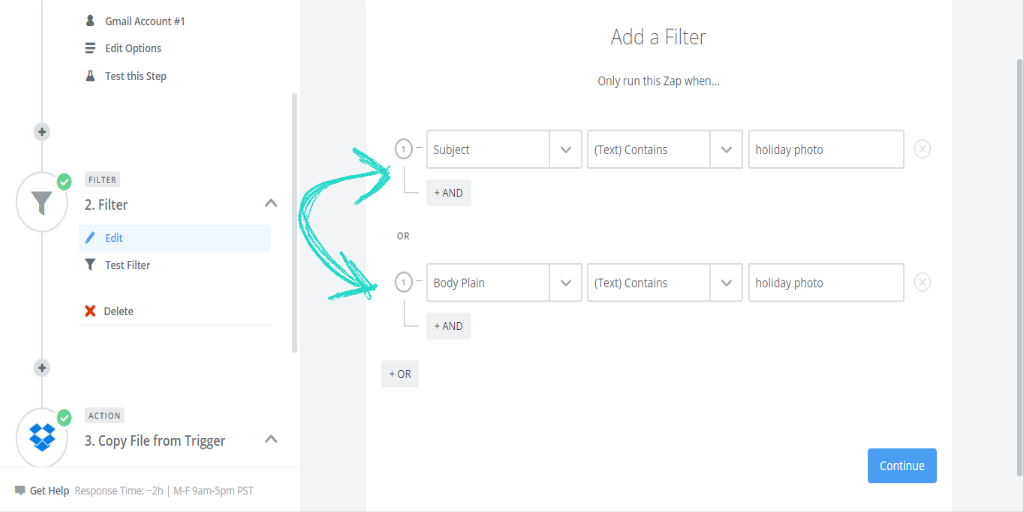
It’s no secret that graphical user interfaces (GUIs) are more intuitive and easier to use for more people than verbose API documentation, which requires additional engineering resources to write the code needed to take advantage of it. So the next generation of tools are all-in on this idea — delivering their core functionality with a GUI for direct manipulation, as well as interlinking with other tools. Even heavily developer-focused companies like Netlify, where I work, have heavy investments in GUIs, with an extensive design system to boot. An additional benefit of a GUI focus, particularly with web apps, is the ability to use the software while on mobile, the primary computing platform of our time.
I'll dub this the GUI economy. Just like the API movement before it, it will allow a larger concentric circle of people (who don't identify as developers, but are nevertheless technical) to build and interact with software, and yet it will be less of a threat to developers than an enabler. Which brings me to …



















Design interactions and animations without code
Build complex interactions and animations without even looking at code.
Visual developer tools
At first, a developer might resist the idea that visual tools can help in coding. But once you look for it, you see it everywhere.
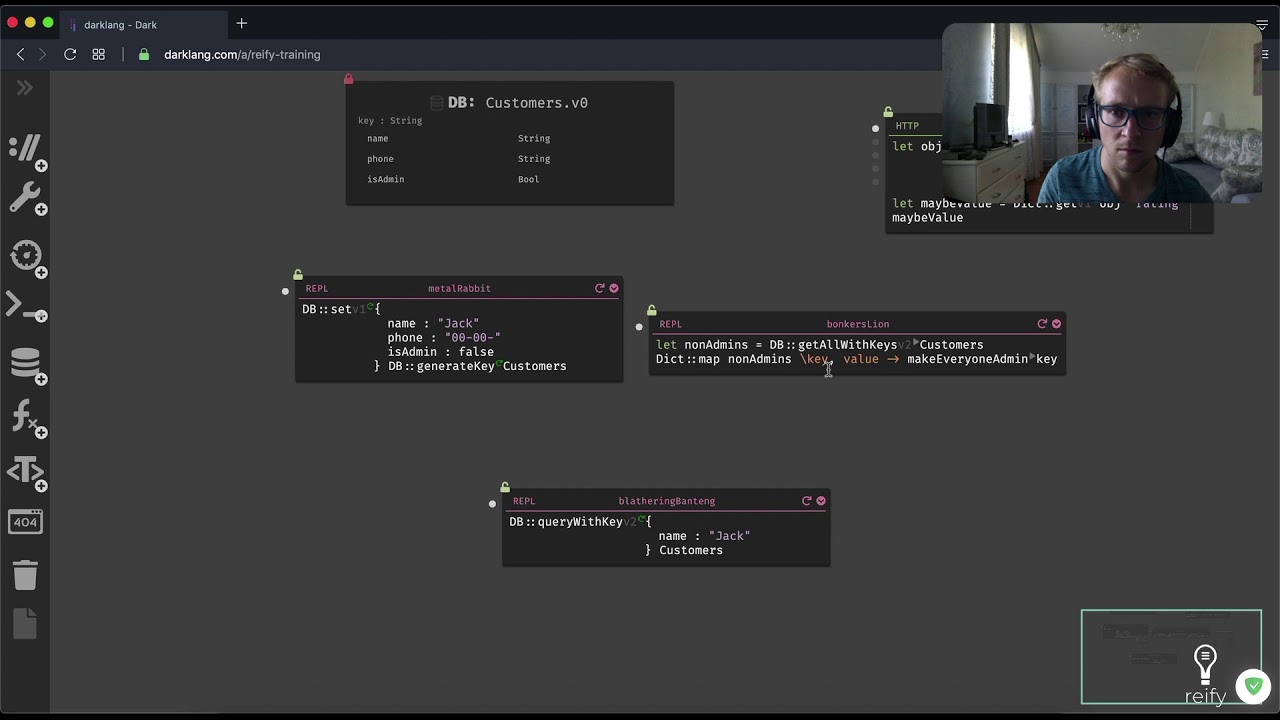
Visual development environments
With a 51% market share, the most popular development environment these days is VS Code, despite only being released in 2015. What explains its meteoric rise in popularity over simpler code editors like Notepad++, Atom and Sublime? Among other things, it offers a point-and-click interface for search, file navigation, type hints, customizing settings, adding extensions, and so on. That’s what it and other full-featured IDEs provide over simpler tools. In fact, Dark Lang recently coupled IDE and language, taking the IDE and visual coding metaphor to an even higher level by guaranteeing that you can't write invalid code because the IDE won't let you. Nobody argues that this is illegitimate coding.
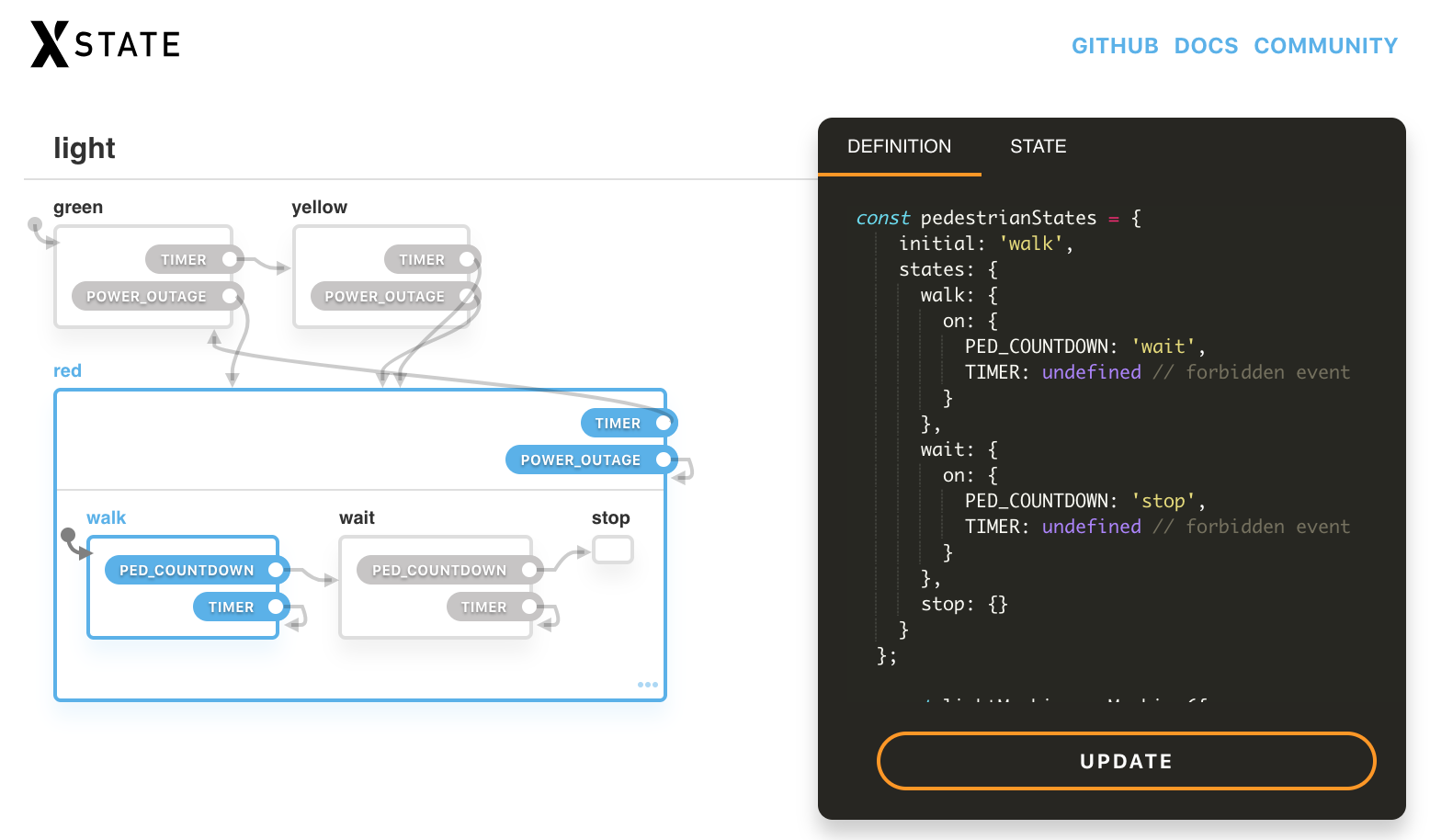
Visual state machines
Similarly, there’s a widespread movement to embrace statecharts and visually designed state machines governing app logic. This visualizes complex state transitions and makes gaps due to bad planning painfully obvious. Changes in business logic due to changing business requirements are intuitively added, validated, and translated to the view layer in a consistent manner. With the xstate Viz tool created by David Khourshid, you can visually simulate any transitions and side effects to your state machine. Nobody argues that this is a less legitimate way to model state machines — in fact, quite the opposite.
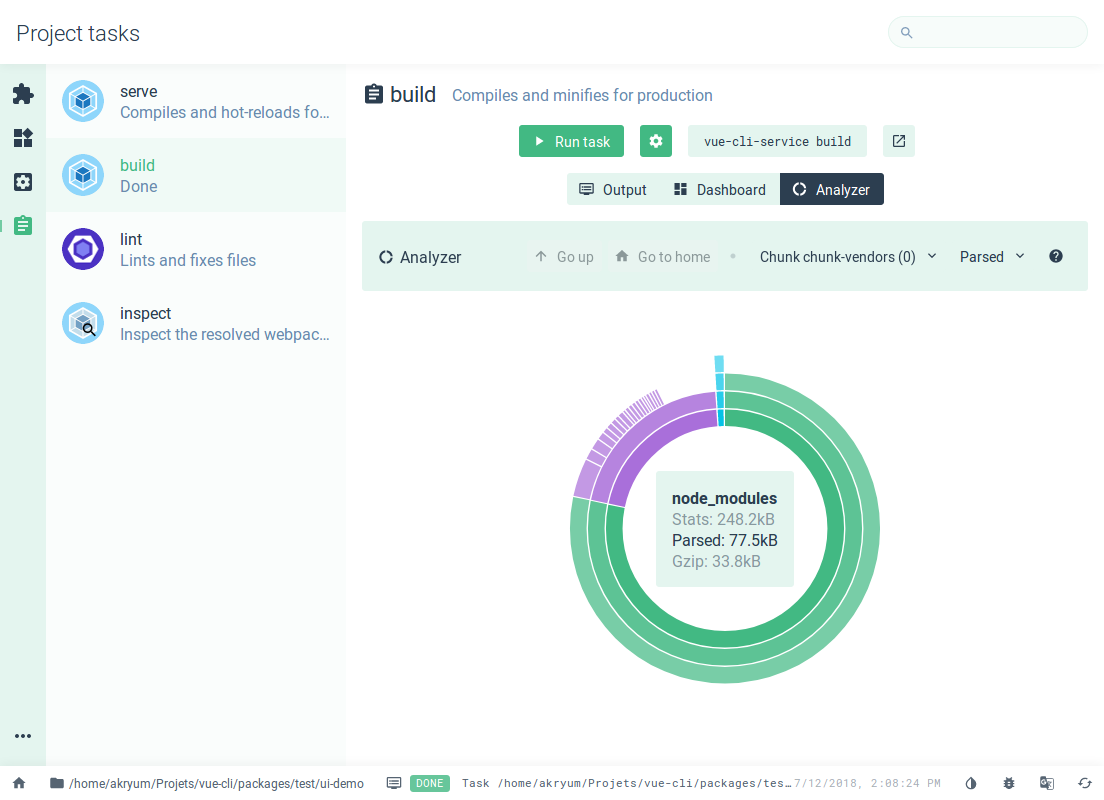
Visual command line interfaces
At first glance, “visual command line interfaces” like an oxymoron. Aren't command line interfaces (CLIs) the canonical opposite of GUIs? Recently, this line is being blurred in creative and interesting ways. The Vue CLI created by Guillerme Chau led the way by building a full desktop app layer atop their CLI, to ease discoverability and visualization. But the desire to graphically represent code execution state and options is as old as CLIs — from the most basic spinners to navigable, interactive forms and templates to writing entire layout engines and interactive renders with React. Nobody argues that this is a less-legitimate way to execute code!
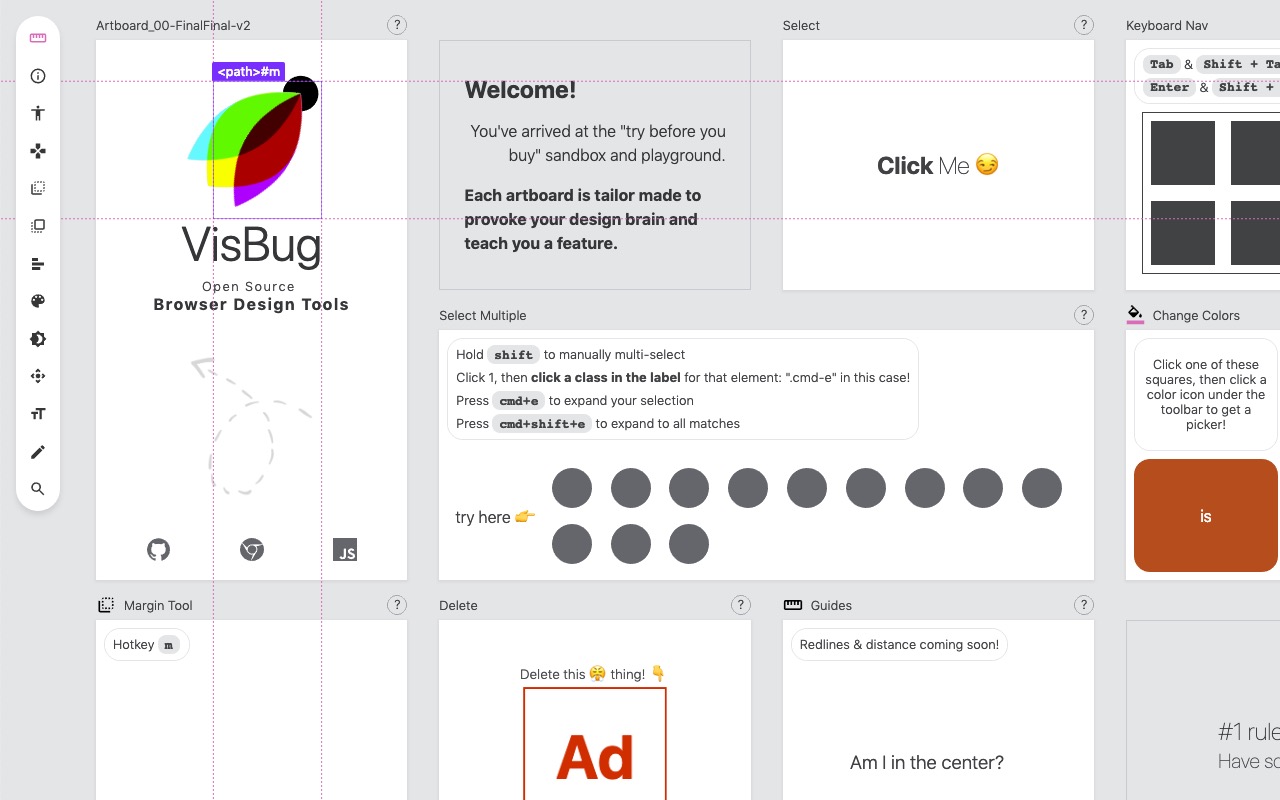
Visual interface editing
The "what you see is what you get" (WYSIWYG) experience has had a fraught history. Because this is a particularly thorny problem, early attempts like FrontPage and Dreamweaver weren't particularly great at producing human-readable and -maintainable code. But web technologies have grown a lot since: Firebug allowed direct editing of sites 12 years ago, has a modern clone in the Visbug project led by Adam Argyle, and even has a built-in solution in the document.designMode Browser API. Of course, Webflow is leading the vanguard in terms of no-code web design/authoring tools, even coming with integrated CMS and Ecommerce solutions. Nobody should argue that this is a less-legitimate way to write UIs!
At the heart of all this is the notion of developer experience. At the end of the day, developers are humans too: we respond in the same positive way to GUIs that the rest of our users do.
If we learn to treat visual tools as friends instead of enemies, they can become massive productivity boosters for us as much as they do for our friends who don't do traditional coding.
If anything, we should be better at it than them, because we are professionally trained to understand how to design and maintain systems, and know the right questions to ask to figure out where abstractions start and end.
Creation over code
The tired, old, debate in programming is that of "convention over configuration," or vice versa. What this debate misses is that these are more or less evolutionary ways of shifting the responsibility of code between tool maker and tool user. You can do it poorly, or you can do it well. At the end of the day, it’s still code, and the end user doesn't really care what you used and how much you wrote.
Gallons and petabytes of physical and digital ink have been spilled over progressively higher levels of abstractions in programming, from the earliest days of GOTO to the imperative/declarative divide, or the more recent movement from object-oriented to functional paradigms.
We've layered code on top of more code to make it easier and safer and more expressive, but through all this there has been no objectively measurable improvement in developer productivity from the point of view of the user.
Maybe we've reached the limit of what increasing abstractions within code can do. To get to the next level, we have to abstract over code. Maybe instead of putting code at the center of our universe, with more code as the solution to every problem, we should emphasize creation instead, and consider everything that helps us get there.
No-code isn't just something for website and app creators. It also presents tremendous opportunities for creators of developer tools.
I work at Netlify, which helps developers build and host JAMstack sites and apps. Netlify isn't classically considered a no-code tool, because you almost certainly need to code to create most of the sites that people create with Netlify. However, from the perspective of front-end developers, who form the majority of the audience of Netlify, it is "no code" in one very important way: the back-end. Netlify takes on the responsibility of hiring and managing a world-class platform, product, and support team managing Kubernetes deployments, CDN cache invalidation, and incident response. On the flip side, all the backend concerns of Continuous Deployment, setting up a CDN, getting an SSL certificate for secure HTTPS hosting, configuring custom domains, and a dozen other important yet boring best practices, are abstracted away, enabling front-end developers to create and deploy their sites on par with world-class full-stack teams.
If you’re an entrepreneur seeking to make a dent serving developers, a reliable approach for traction is enabling an underserved segment of creators to do their thing, just a lot easier, with a no-code interface for all the incidental complexity that usually gets in their way.
It’s not all roses
I don't want to leave you with a mistaken impression that I am saying everything is automatically better with a "no-code" layer. It’s still early days in this movement, and there are plenty of hard problems left to solve in this paradigm shift.
You will always have more programmatic power with code than with GUIs, even though we have started figuring out how to program control flow in GUIs. When is it better to stay inside GUIs, and when is it better to drop down, eject, or export to code? Can we make it a reversible instead of irreversible process?
Discoverability is easier with GUIs, but information density, expressiveness, and often speed is sacrificed. How does app design evolve in the era of no-code tools? Many code tools work offline, whereas no code web GUIs often don't by default. How important is this?
GUIs are expensive to write (the furious innovation in frontend frameworks is proof positive that we aren't done yet), so no-code tools, themselves, which are often GUIs that create GUIs, are even more expensive and hard to create. How can we make them simpler, cheaper, and more accessible by default?
These are all unanswered questions and I look forward to all that we will discover about them in coming years.
Developers: give no-code a chance
I'll confess my title was somewhat clickbaity, but if you're a developer, product manager, or technical founder, you've probably seen yourself in some of these debates raised in the perception of "no-code" and the challenges and opportunities it presents. Mostly, I wanted to, once and for all, completely demolish the misperception that "no-code" means no code is involved or that it is not for people who can code. I think this movement is a tremendously positive-sum win-win for both coders and “non-coders” alike, and the sooner we realize this, the more productive we can all become to use technology to solve actual hard problems in the world.








